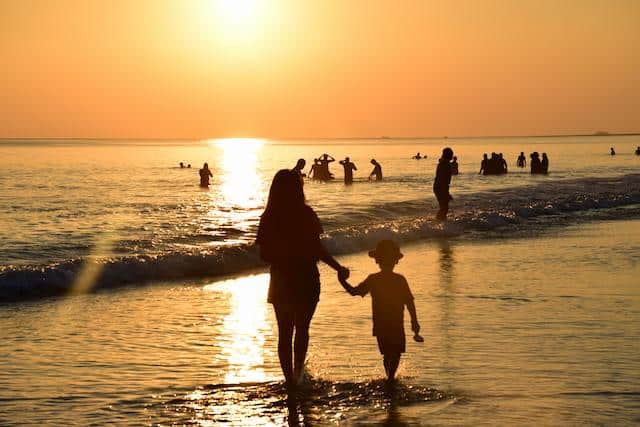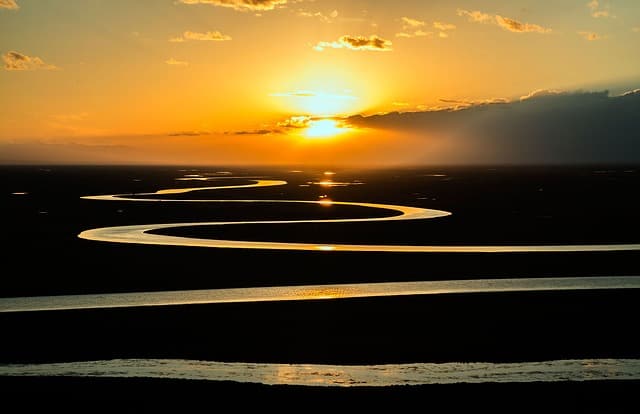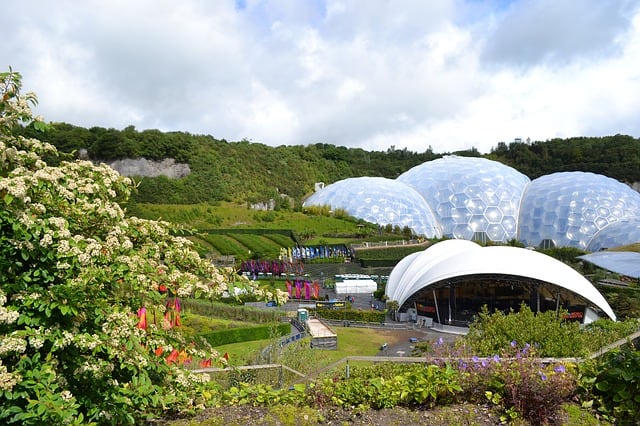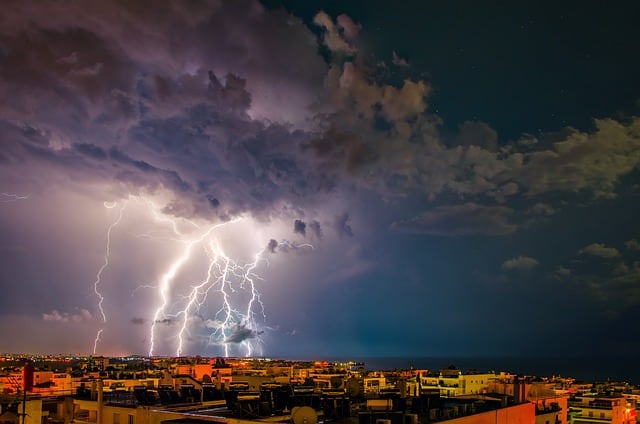25+ Wonderful Antarctica Facts For Kids
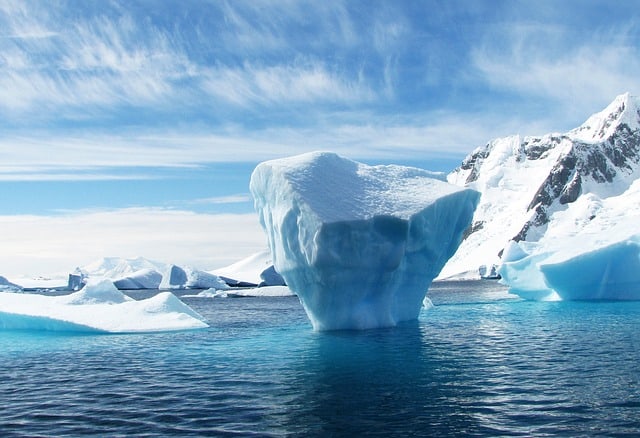
Antarctica is a unique continent among all the seven continents in this world. The word ‘Antarctica’ comes from the Greek term ‘antarktike’ which means ‘the opposite to arctic’ or ‘opposite to north’. Antarctica is the fifth-largest continent, lying in the southernmost part of the earth. It is almost double the size of Australia.
Check out these below facts on Antarctica and enjoy the wide range of facts about this unknown island found at the southern part of the globe.
25+ Amazing Antarctica Facts For Kids
Fact 1: Antarctica surrounds the South Pole and it is a place of extremes. The coldest, windiest and driest weather conditions occur there. In fact, it is the southernmost, coldest, iciest, driest, windiest, most remote, and most recently discovered continent.
Fact 2: Almost the entire landmass lies within the Antarctic Circle. The air temperature of the high inland regions fall below -80°C (-110°F) in winter and rise only to -30°C (-20°F) in summer.
Fact 3: Huge ice sheets built up from snow over millions of years cover almost all of the continent and float in huge ice shelves on coastal waters. Interestingly, the winter frozen sea water (sea ice) more than doubles the size of the Antarctic ice cap and Antarctica’s vast areas of ice on land and sea plays a major role in Earth’s climate and could be strongly affected by global warming.
Fact 4: The word ‘Antarctica’ means ‘opposite the Arctic,’ Earth’s northernmost region. Antarctica is completely encircled by the Southern Ocean.
Fact 5: The Antarctic region represents the entire area south of the Antarctic Convergence zone where cold Antarctic waters sink below warmer waters on the northern boundary of the Southern Ocean.
Fact 6: The particularly sparse human population on Antarctica comprises: visiting scientists, support staff, and tourists. Interestingly, the last continent to be discovered, Antarctica remained hidden behind barriers of fog, storm, and sea ice until it was first sighted in the early 19th century during the polar exploration.
Fact 7: As a result of the extreme cold and lack of native people, forests, land animals, and obvious natural resources, the continent remained largely neglected for decades after discovery. Thus, scientific expeditions and seal hunters had explored only fragments of its coasts by the end of the 19th century, while the interior remained unknown.
Fact 8: It was recorded that explorers first reached the South Pole in 1911, and the first permanent settlements—scientific stations—were established in the early 1940s. From that time the pace of exploration and scientific research has accelerated rapidly. In the mid- to the late 20th century, the region’s majestic scenery and wildlife began to attract increasing numbers of tourists.
Fact 9: The following nations claim territory in Antarctica. They are Argentina, Australia, the United Kingdom, Chile, France, New Zealand, and Norway. More nations with this claim include the United States and Russia. However, these states do not acknowledge these claims and make no claims of their own, but reserve rights to claim territory in the future. Therefore, since 1961 the continent has been administered under the Antarctic Treaty, an international agreement to preserve the continent for peaceful scientific study.
Fact 10: It has been found that Antarctica is much bigger than Europe. In fact, it is almost twice the size of Australia.
Fact 11: Antarctica, being the southernmost of all the continents on Earth houses the South pole and it is surrounded by the Southern Ocean.
Fact 12: Due to the fact that Antarctica experiences such little amount of rain, it is often considered a desert. Also, the coldest recorded temperature on Earth occurred in 1983 at Vostok Station, Antarctica, measuring a rather chilly −89.2 °C (−128.6 °F).
Fact 13: The major part of Antarctica is covered in ice over 1.6 kilometers thick (1 mile). Despite this, human residents (temporary) in Antarctica, several thousands of them live and work at various research facilities found on the continent.
Fact 14: Although Antarctica features harsh living conditions, a number of plants and animals have adapted to survive and call the icy continent home. Popular animals that live in Antarctica include penguins and seals.
Fact 15: Approximately 90% of the ice on Earth is found in Antarctica. In fact, sea levels would rise around 60m (200ft) if all the ice in Antarctica were to melt.
Fact 16: Antarctica is shaped somewhat like a comma, with a round body surrounding the pole and a tail curving toward South America. It’s round portion lies mainly in the Eastern Hemisphere, makes up East Antarctica. Its tail and thickened base, located entirely in the Western Hemisphere forms West Antarctica.
Eastern Antarctica includes the regions of Queen Maud Land, Enderby Land, and Wilkes Land; West Antarctica includes Palmer Land, Ellsworth Land, and Marie Byrd Land. Antarctica lies 1,000 km (approximately 600 miles) from South America, its nearest neighbor; 4,000 km (approximately 2,500 miles) from Africa; and 2,500 km (approximately 1,600 miles) from Australia.
Fact 17: Interestingly, the geographic South Pole lies near the center of the continent in East Antarctica. It is from this point that all map lines of longitude converge at the southern end of Earth’s axis of rotation. Quite different from the geographic south pole is the south magnetic pole, where the lines of force of Earth’s magnetic field emerge vertically, arching upward over the planet to enter Earth again at the north magnetic pole.
Fact 18: This South geomagnetic pole is the hypothetical location of the magnetic pole if Earth’s magnetic field were a perfect bar magnet. Usually, the south geomagnetic pole is located near Vostok’s station in East Antarctica
Fact 19: Usually, the south-seeking end of a compass needle points to the south magnetic pole and the south magnetic pole is currently located off the Adélie Coast of East Antarctica, but was on land when it was first recorded in 1909.
Fact 20: Presently, the south magnetic pole has migrated gradually out to sea with changes in the fields, a phenomenon known as polar wandering.
Fact 21: Virtually covered by ice, Antarctica has very little land available for soils to form or vegetation to settle. The existing soils were formed late in the continent’s geologic history and have little organic content or water-holding capacity.
Fact 22: Antarctica’s isolation from other continents makes it difficult for new types of vegetation to spread to Antarctica. Also, the constantly low temperatures, high winds, and lack of moisture discourage the growth of virtually all plants except the highly adapted ones which may be capable of active growth for only a few days per year.
Fact 23: The extremes of temperature and weather conditions limit plant life in Antarctica almost entirely to protists (simple, often one-celled organisms), algae, lichens, and mosses. In fact, only two known species of flowering plants, both found only on the Antarctic Peninsula and neighboring islands, are known to grow in Antarctica.
Fact 24: Antarctica as a continent has no equivalent of the Arctic tundra, which supports a greater variety of plant life: Antarctica’s richest vegetation compares with the northernmost, scarcest Arctic polar desert vegetation. However, patches of vegetation grow on all known rocky outcrops in Antarctica, to within 290 km (approximately 180 miles) of the South Pole.
Fact 25: It has been observed that snow algae grow on snow and ice surfaces close to the coast, especially along the Antarctic Peninsula where seabird droppings and sea spray provide nutrients. Minute lichens grow within the surface layers of crystalline rocks, and microbes are present in snow, soils and ice-covered lakes.
Fact 26: The Antarctic waters support other types of vegetation. The coastal seaweeds thrive on and around islands near the Antarctic Convergence, but are inhibited farther south where sea ice scrapes the shores. Again, the cold waters of the Southern Ocean support masses of phytoplankton—minute floating plants including diatoms, dinoflagellates, and other algae—that increase in number during summer, especially in areas where upwelling brings nutrient-rich waters to the surface. Here, phytoplankton (very small free-living plants) provides a rich source of food for marine animals.
References:
- Fun Antarctica facts for kids. Retrieved from: sciencekids.co.nz/sciencefacts/earth/antarctica.html
- Stonehouse, Bernard. “Antarctica.” Microsoft® Encarta® 2009 [DVD]. Redmond, WA: Microsoft Corporation, 2008



